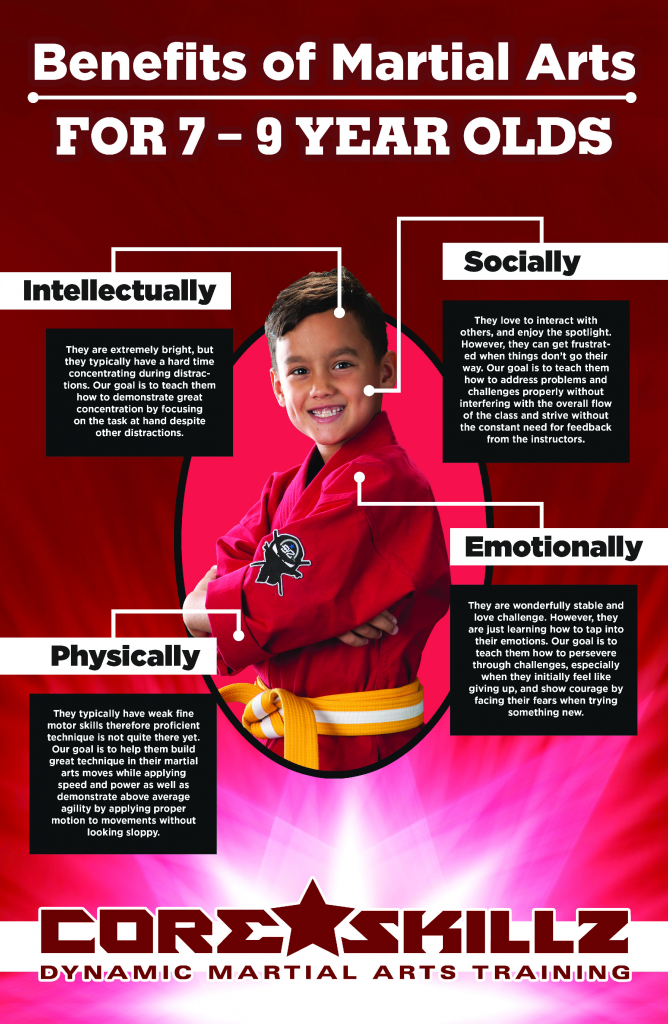The Background And Philosophy Of Fighting Style: A Deep Dive
The Background And Philosophy Of Fighting Style: A Deep Dive
Blog Article
Post By-Rafferty Martin
Enter the old world where martial arts were substantiated of necessity in varied regions. Cultures crafted unique combating designs linked with historic contexts. Techniques evolved over centuries via dedicated technique and cultural exchanges. Today, modern martial arts mix traditional elements for maximum performance. Philosophically, martial arts stress discipline, self-improvement, and consistency. Respect, humbleness, and balance are fundamental principles directing professionals towards development and strength. Discover the midsts of this abundant background and philosophy to reveal the extensive influences forming this long-lasting self-control.
Beginnings of Martial Arts
Martial arts came from various areas all over the world, progressing as sensible combat systems to resist threats. shaolin kung fu fighting styles were developed out of necessity, with each culture crafting techniques suited to their distinct settings and difficulties. From the grappling arts of Jujutsu in Japan to the striking strategies of Martial art in China, martial arts were deeply intertwined with the historical, social, and social fabric of their respective cultures.
In Japan, the samurai class polished martial arts like Kenjutsu, the art of the sword, which later on evolved into the much more popularized type of Kendo. On just click the next website , in Brazil, Capoeira became a blend of dance and combat, developed by enslaved Africans as a means to withstand oppression. Each martial art lugs with it an abundant background and approach, mirroring the values and beliefs of the people that exercised them.
As you delve into the beginnings of martial arts, you uncover a tapestry of human resourcefulness, strength, and the unyielding spirit of warriors throughout time.
Evolution of Techniques
With centuries of practice and improvement, fight techniques within various martial arts have gone through a profound advancement. From ancient styles like Kung Fu and Martial arts to a lot more modern techniques such as Brazilian Jiu-Jitsu and Krav Maga, the evolution of methods has been driven by a combination of social impacts, sensible applications, and technical developments.
One considerable element of this advancement is the cross-pollination of strategies in between different martial arts. As an example, methods from standard Japanese Jiu-Jitsu were incorporated into the creation of Judo by Jigoro Kano in the late 19th century. This blending of designs has caused the development of hybrid martial arts like Mixed Martial Arts (MMA), which integrate aspects of striking, grappling, and entry methods.
Additionally, the development of strategies has been shaped by the raising focus on effectiveness and effectiveness in battle. Professionals have continuously sought to improve their techniques with rigorous training, testing, and competition, causing the advancement of highly specialized and effective combating designs. On the whole, the advancement of techniques in martial arts shows the vibrant nature of combat and the ongoing pursuit for enhancement and advancement.
Thoughtful Structures
Discovering the underlying thoughtful concepts of martial arts provides understanding into their core worths and assisting ideas. At the heart of lots of martial arts self-controls is the concept of discipline itself. By training your mind and body to work as one cohesive unit, you cultivate discipline that prolongs beyond the dojo or gym right into daily life. simply click the next document incorporates respect, humility, and self-control, shaping not simply your physical capacities but also your character.
An additional essential philosophical structure in martial arts is the concept of continual self-improvement. The trip of understanding a fighting style is continuous, with experts constantly striving to better themselves, both literally and emotionally. please click for source on development fosters durability, perseverance, and a growth mindset that can be applied to all facets of life.
In addition, martial arts stress the relevance of harmony and balance. Strategies are designed to make use of a challenger's energy versus them, highlighting the principle of generating and rerouting pressure instead of satisfying it head-on. This ideology encompasses interpersonal relationships, promoting peaceful resolutions and good understanding. By embracing these philosophical structures, martial musicians not just boost their battle abilities but also grow a lifestyle centered on individual growth, regard, and harmony.
Final thought
In conclusion, the history and ideology of martial arts use a rich tapestry of tradition, self-control, and self-improvement.
Take for instance the tale of Bruce Lee, that reinvented martial arts by mixing various designs and ideologies to create his own unique form of Jeet Kune Do.
With devotion and innovation, martial musicians continue to push borders and inspire others to reach their full possibility both in fight and in life.
